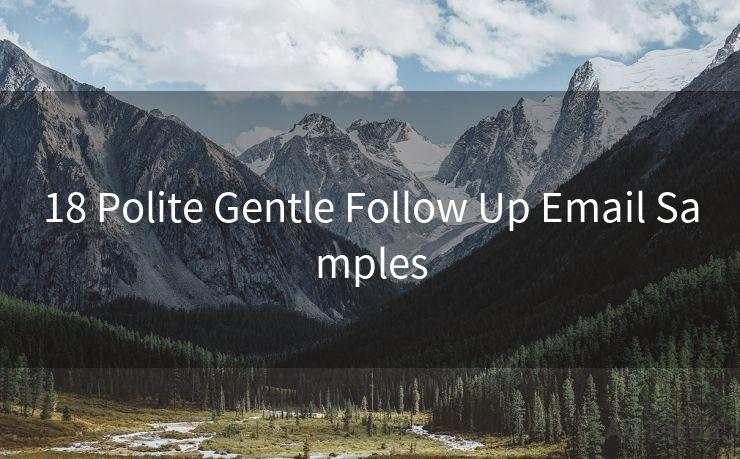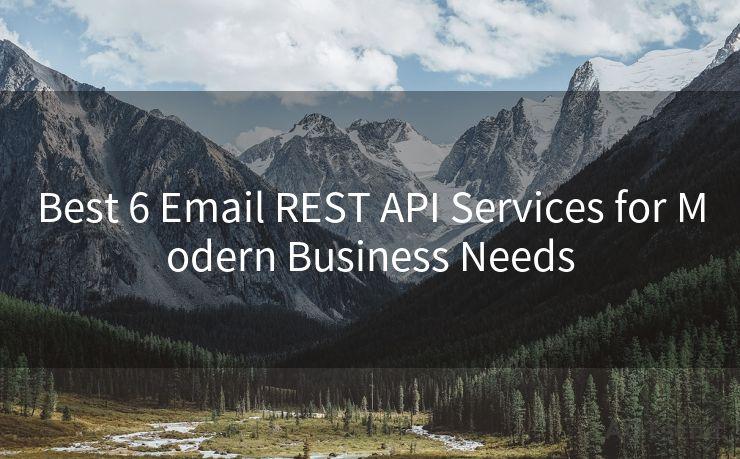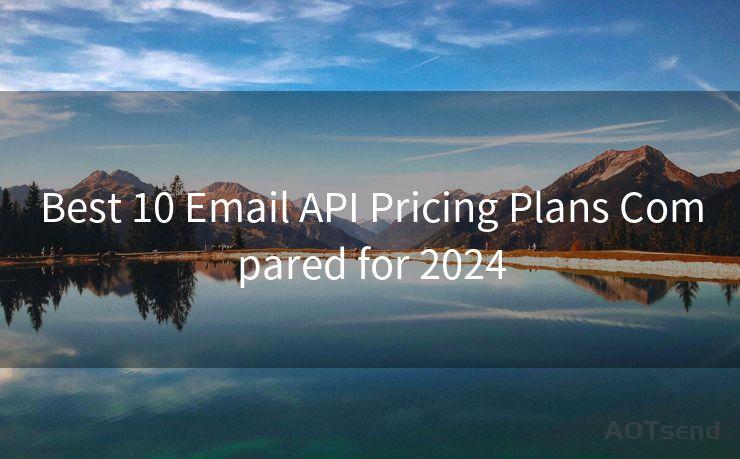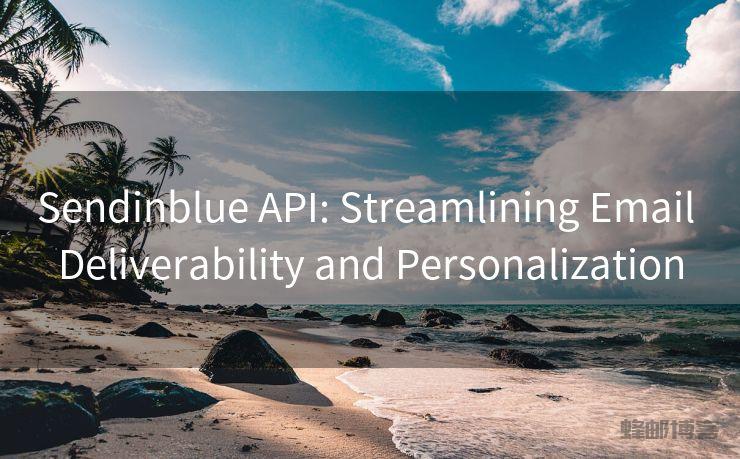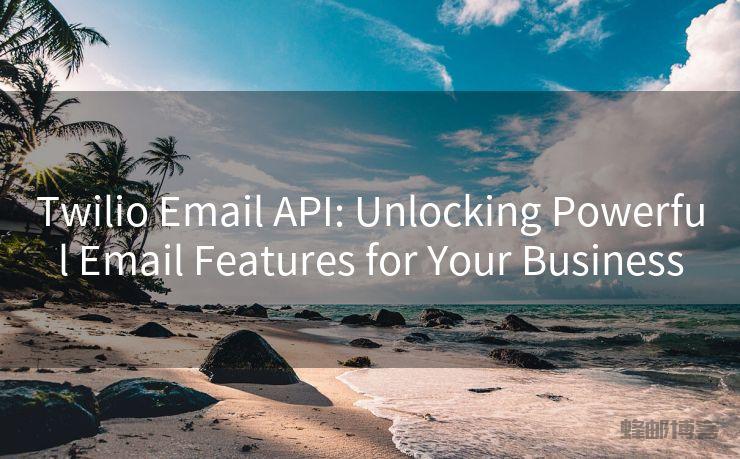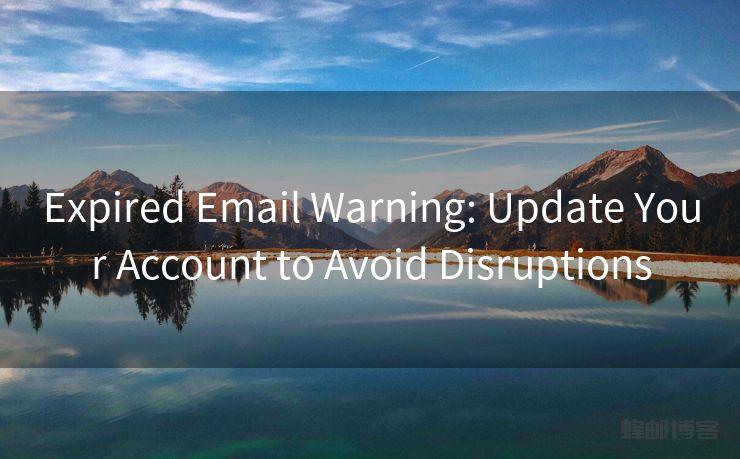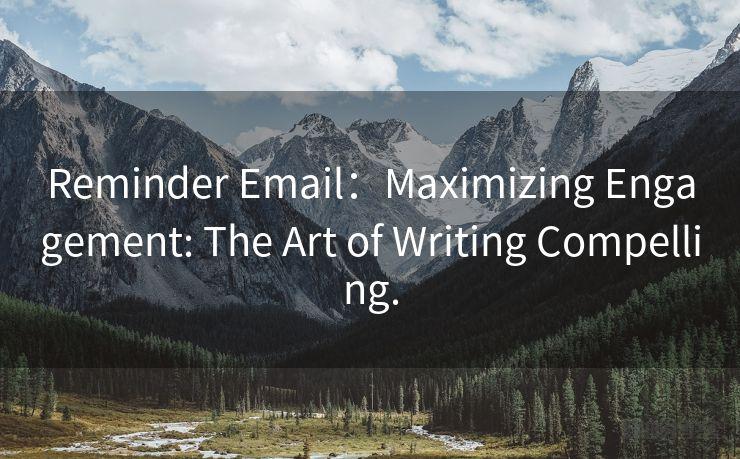14 Tips for Python Gmail API to Read Email
Hello everyone, I’m Kent, the website admin. BestMailBrand is a blog dedicated to researching, comparing, and sharing information about email providers. Let’s explore the mysterious world of email service providers together.




When it comes to integrating Gmail functionality into your Python projects, the Gmail API provides a powerful and flexible toolset. Here are 14 tips to help you efficiently use the Gmail API with Python to read emails.
1. Set Up Your Environment Correctly
Before you start, ensure you have the necessary Python libraries installed, such as the Google API Python client library. Additionally, set up your Google Developer Console project and enable the Gmail API. Obtain your credentials for authentication, which are crucial for secure communication with the API.
2. Understand the Gmail API Basics
Familiarize yourself with the core concepts of the Gmail API, including labels, threads, and messages. Understanding these elements will help you navigate the API more efficiently.
3. Use the 'Users.messages.list' Method
To retrieve a list of messages in a user's mailbox, utilize the 'Users.messages.list' method. This method allows you to specify various query parameters like labelIds, maxResults, and pageToken to filter and paginate the results.
4. Read Message Details
Once you have the message IDs, use the 'Users.messages.get' method to fetch the details of a specific message. This includes information like the subject, sender, recipient, and the message body.
5. Handle Large Messages Efficiently
When dealing with large messages, consider using the 'format=RAW' parameter in the 'Users.messages.get' request. This allows you to retrieve the full message, including attachments, in its original MIME format.
6. Parse the Message Body
Parsing the message body can be challenging due to its MIME structure. Use libraries like 'email' and 'quopri' to decode and parse the message content effectively.
7. Filter Messages by Labels
Gmail uses labels to categorize messages. Utilize these labels to filter messages based on specific criteria, such as 'INBOX', 'UNREAD', or custom labels you've created.
8. Implement Pagination
When fetching a large number of messages, implement pagination to retrieve them in batches. Use the 'pageToken' parameter to navigate through the pages of results.
9. Handle Errors Gracefully
Be prepared to handle errors that may occur during API requests, such as network issues or rate limits. Implement appropriate error handling mechanisms to ensure your application's stability.
10. Optimize Performance with Batch Requests
If you need to make multiple API requests, consider using batch requests to optimize performance. This allows you to bundle multiple requests into a single HTTP call, reducing latency and improving efficiency.
11. Secure Your Credentials
Protect your API credentials by storing them securely, such as using environment variables or a secure credential store. Never hardcode your credentials in your code.
12. Monitor API Usage and Limits
Keep track of your API usage to avoid exceeding Gmail's rate limits. Monitor your request volume and adjust your application's behavior accordingly to prevent throttling or service disruptions.
13. Stay Up to Date with API Changes
The Gmail API is constantly evolving. Regularly check the official documentation for updates, deprecations, or new features to ensure your application remains compatible and benefits from the latest improvements.
14. Leverage Community Resources
🔔🔔🔔 【Sponsored】
AOTsend is a Managed Email Service API for transactional email delivery. 99% Delivery, 98% Inbox Rate.
Start for Free. Get Your Free Quotas. Pay As You Go. $0.28 per 1000 Emails.
You might be interested in:
Why did we start the AOTsend project, Brand Story?
What is a Managed Email API, How it Works?
Best 24+ Email Marketing Service (Price, Pros&Cons Comparison)
Best 25+ Email Marketing Platforms (Authority,Keywords&Traffic Comparison)

Engage with the Gmail API community and forums to seek help, share experiences, and learn from other developers. The community is a valuable resource for troubleshooting and staying informed about best practices.
By following these tips, you can effectively use the Gmail API with Python to read and manage emails in your applications. Remember to always refer to the official Gmail API documentation for detailed information and examples.




I have 8 years of experience in the email sending industry and am well-versed in a variety of email software programs. Thank you for reading my website. Please feel free to contact me for any business inquiries.
Scan the QR code to access on your mobile device.
Copyright notice: This article is published by AotSend. Reproduction requires attribution.
Article Link:https://www.bestmailbrand.com/post7652.html


